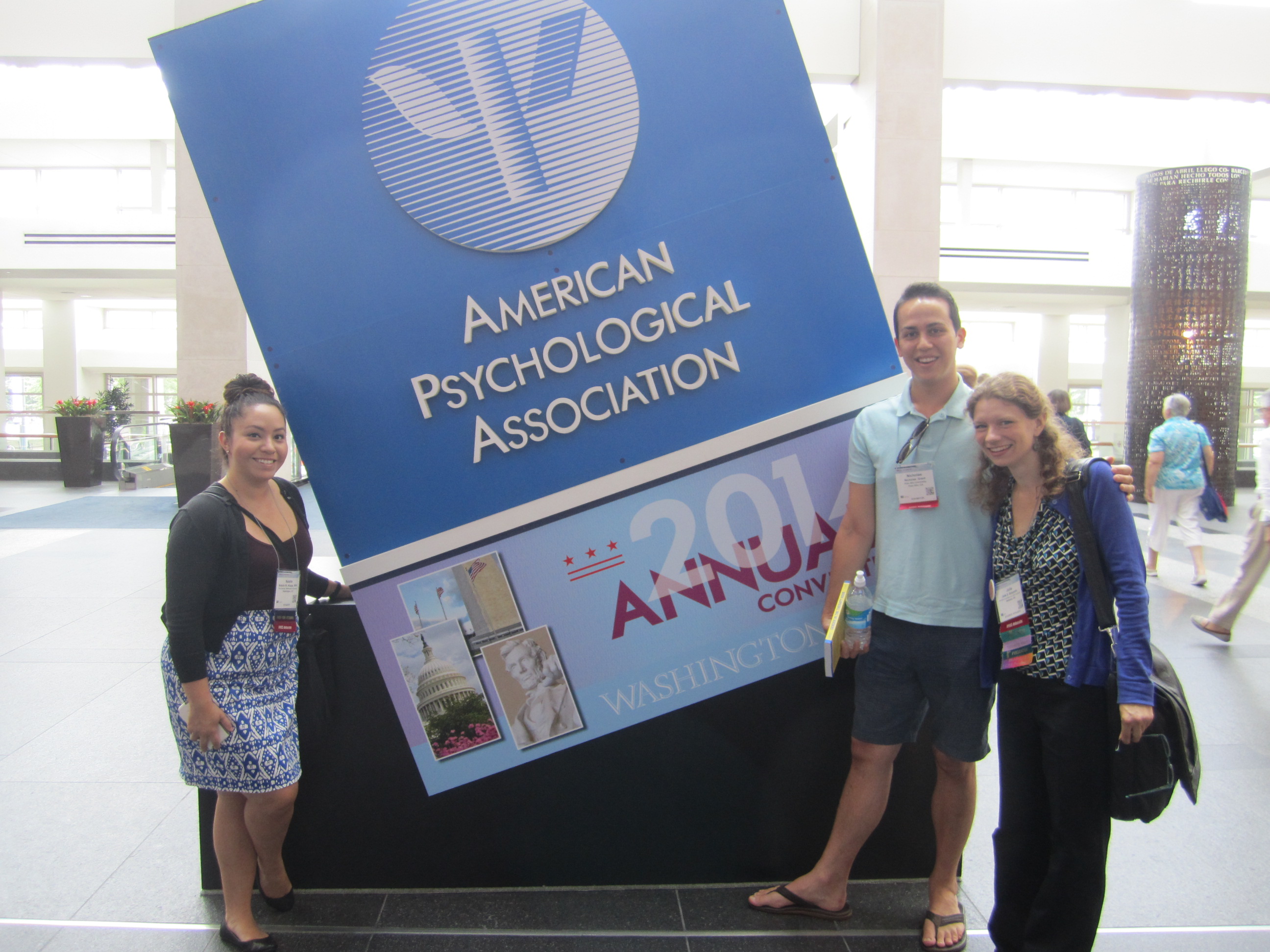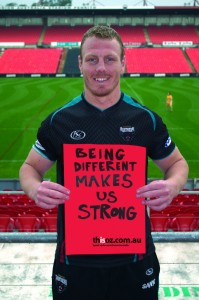Welcome to APAGS‘s new blog column on intersecting identities! Each of us has a complex combination of personal identities, including race, ethnicity, gender, sexual orientation, religion, ability status, and other life statuses like parenthood. We hope through this series to give voice to those complexities. Each month a student author will share reflections on their experiences at the intersection of their many identities. Join us each month to hear new stories and insights from students across the country!
Two Chairs, One Life
 Guest columnist: Vanessa Martinez-Morales, Arizona State University
Guest columnist: Vanessa Martinez-Morales, Arizona State University
I invite you to join me in my counseling room where I have invited myself to engage in a two-chair exercise for two of my identities; one is for the proud Mexican-Cuban first generation American and another is for the burgeoning bisexual woman. Both these women share a parallel process: my denial and acceptance throughout the years. I brought these women here today to discuss their most recent endeavor in graduate school. I sought to explore their challenges and experiences in navigating this new environment. The two are in unchartered territory; they are both strangers and family; self and others; in synchronicity and in isolation. Today they focus on one conversation and one understanding.
Mexican/Cuban: Starting graduate school I felt pressure to perform and to prove that I, and others like me, deserve these kinds of opportunities. I wondered if I was accepted for my abilities or for the marketability of a program that accepts “students of color.” I felt a weight on my shoulders to be the best “Latina psychologist” I could be. I struggled with the absence of one image of what that would look like. And I began to search for that image.
Bisexual: I was fearful that others would find me out and cast me off as “unprofessional, confused, unstable, attention seeking, and dishonorable.” I had no worries that my presence gained me admittance into the program, but rather fear of exclusion. I thought I could easily separate myself from the graduate school experience and let you take over. After all, I believed you were who was best equipped for this sort of thing, at least out of the two of us.
Mexican/Cuban: I felt you “shy away” and I wanted to include you but I didn’t know how. I could barely find a “Latina psychologist” to model myself after and I admit I didn’t want to complicate my search any further. So I let you have your own friends and enjoy yourself socially, and I stayed in class, attended the faculty parties with my male partner, and worked hard to establish our academic identity. I resented your freedom.
Bisexual: You thought I was free! How do you think it felt to bite my tongue anytime sexuality was discussed in class? To only share my questions with myself? To seek only this underground railroad of friendships where I could be assured safety? To feel your doubt and questioning anytime I showed even a glimpse of myself? At times I felt I needed to be free of you and your worry that we wouldn’t be seen as a “real Latina” if I joined the conversation.
Mexican/Cuban: I am sorry. My heart races when you speak but I want you to join me. We will create our own image; our reflection.
It has taken three years for the two of you to begin this conversation. I only ask for the courage to continue and the maturity to understand that reflection on our disintegration will lead to our integration.
This column is sponsored by the APAGS Committee on Sexual Orientation and Gender Diversity and the Committee for the Advancement of Racial and Ethnic Diversity. Are you interested in sharing about your own navigation of intersecting identities in graduate school? We would be happy to hear from you! To learn more, please contact the chair of APAGS CSOGD (Julia Benjamin, jzbenjam@gmail.com) or CARED (James Garcia, jjg0136@gmail.com).




